The Little Blue Heron (Egretta caerulea) is a native species of Florida. They are relatively common in peninsular Florida, though they are rare in the panhandle. They can be found in fresh, salt, brackish, swamps, ponds, lakes, and rivers. They can measure 22.1-29.1 inches with a wingspan of 39.4-41.3 inches and weigh up to 10.4-14.5 oz. Juveniles look different from adults; they are white all over, with the exception of their outer wing feathers (outer primaries) which can have some dusky tips. Juveniles molting into adult plumage will be patchy with colorations of blue and white. The adults are dark all over, their head and neck are maroon in color during the breeding season, and during the non-breeding season, it has a purplish head and neck. Their body is a dark slate blue. They have yellow eyes and greenish legs, and the base of their bill is pale blue with a black tip.
The Little Blue Heron is a stand-and-wait predator. They watch the water for prey, changing location by strolling or flying to a completely different site. Their diet consists of fish, insects, shrimp, and amphibians. They are solitary predators preferring to hunt alone, along freshwater systems, and on floating vegetation. However, they nest in colonies on trees among other nesting herons and wading birds. Nests are built out of sticks and are placed in trees and shrubs and will lay up to three to five blue-green eggs that will hatch in 20 to 24 days. The young can leave the nests and fly (fledged) at 28 days of age.
The little blue heron’s current threats are not well understood. Still, they may include coastal development, disturbance at foraging and breeding sites, environmental issues, degradation of feeding habitat, reduced prey availability, and predators. Other threats may include exposure such as pesticides, toxins, and parasite infection. The U.S. Migratory Bird Treaty Act protects this species. Florida’s Endangered and Threatened Species Rule lists them as a state-threatened species.

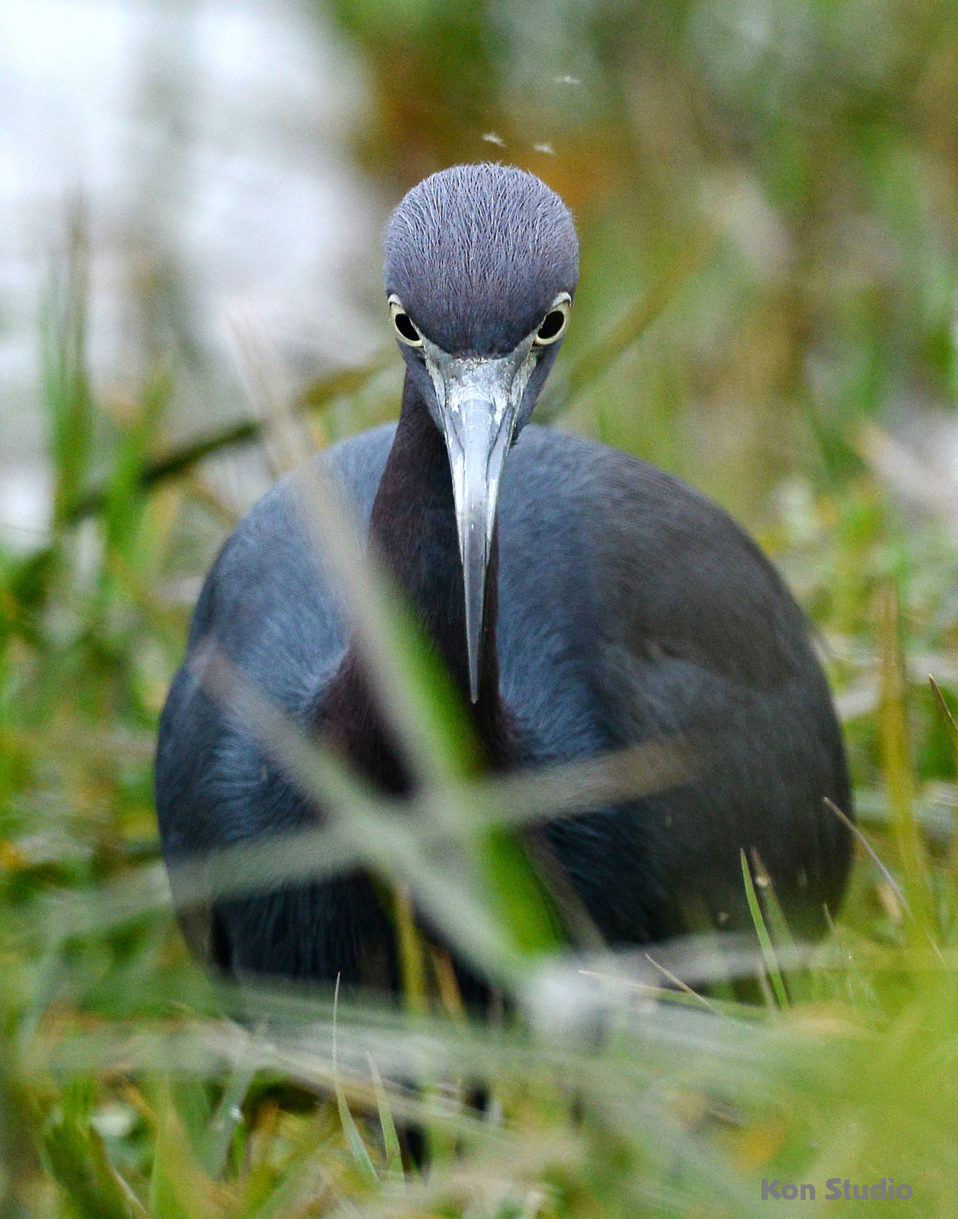
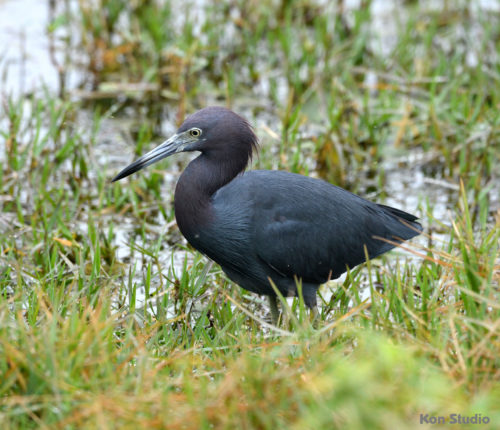
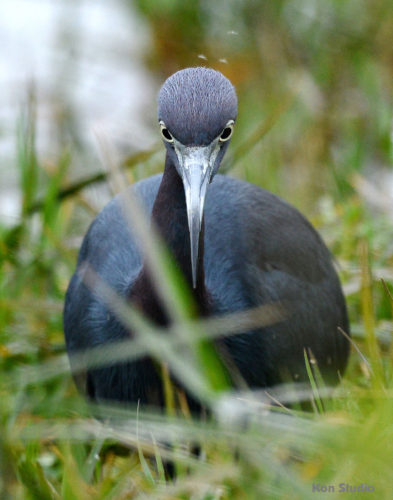
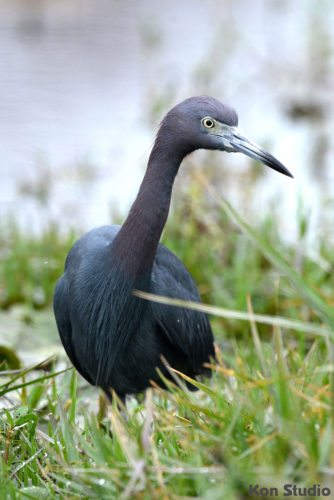
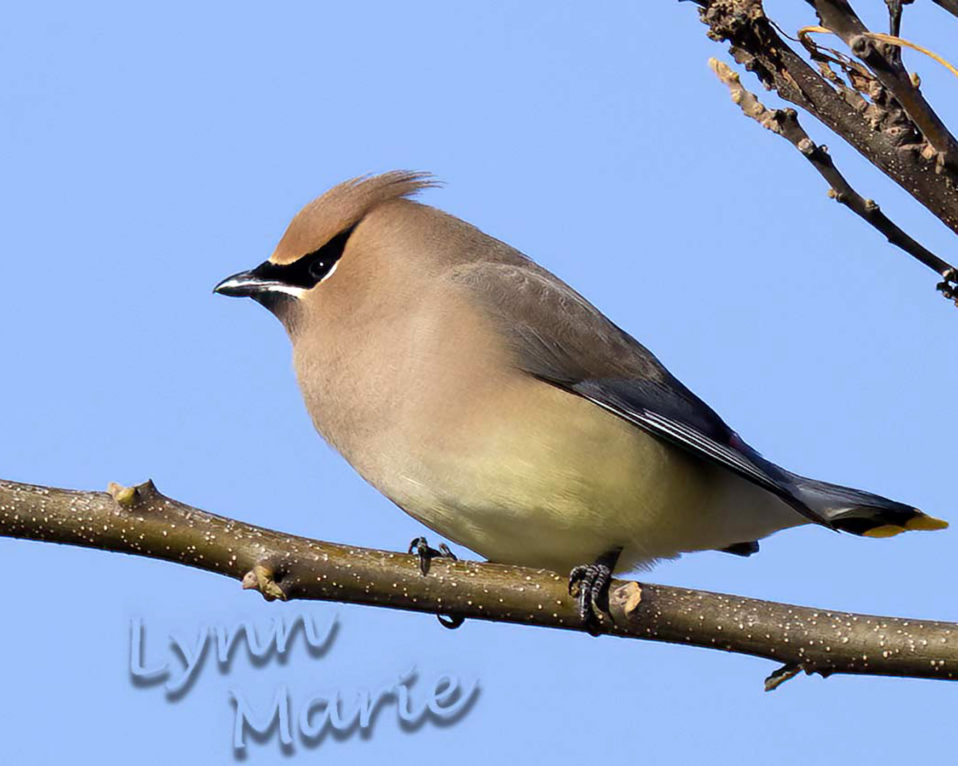
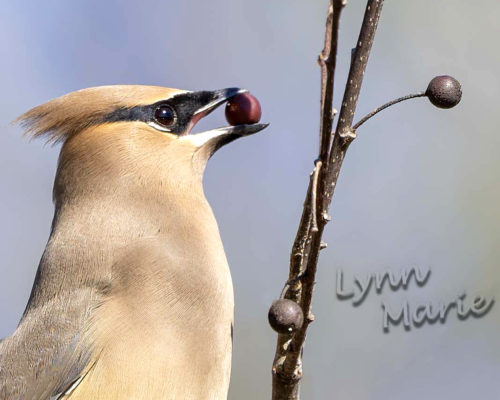
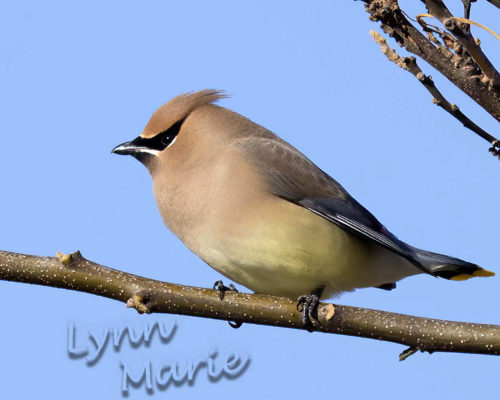
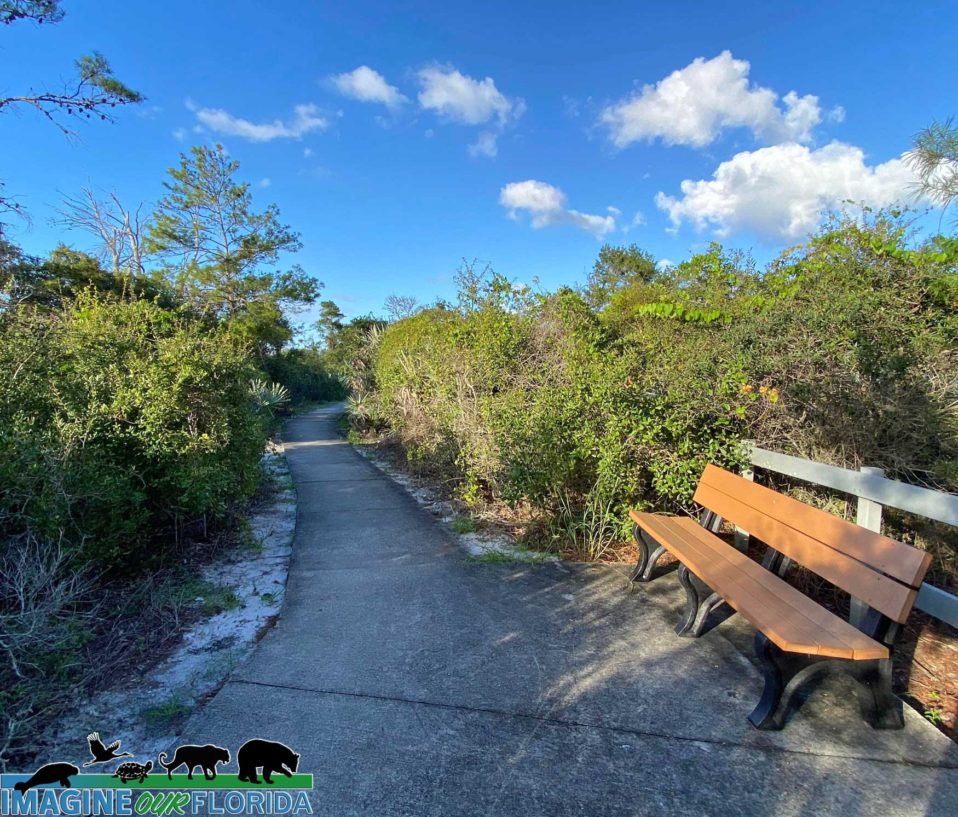
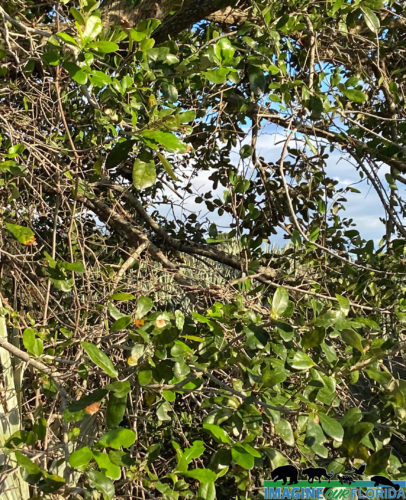
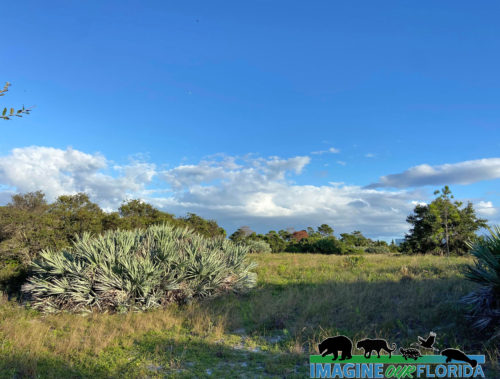
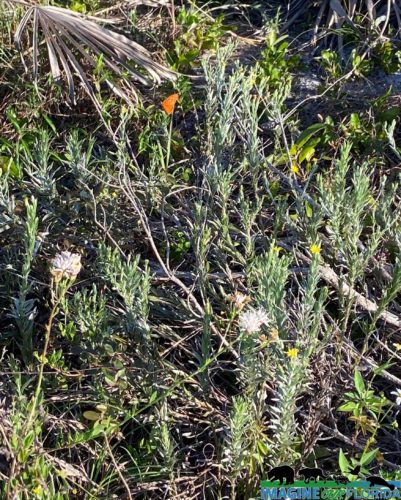
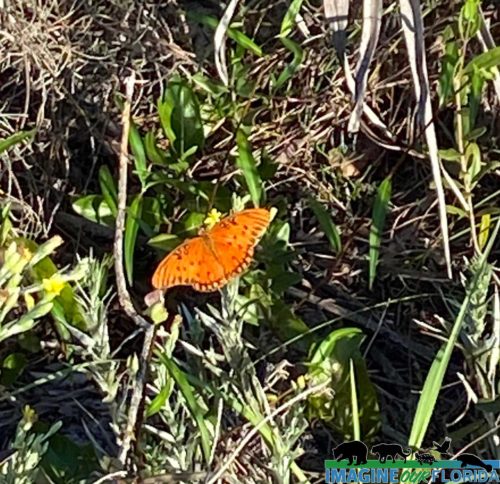
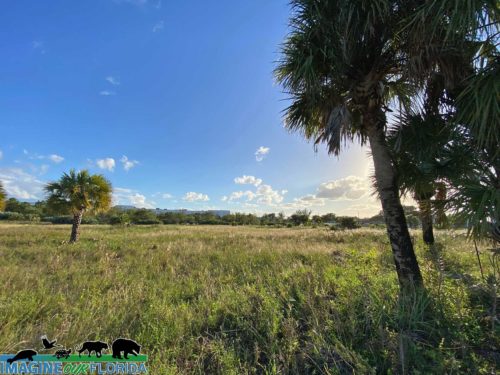
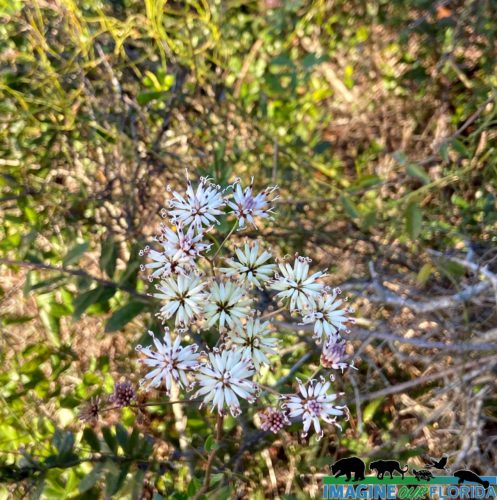
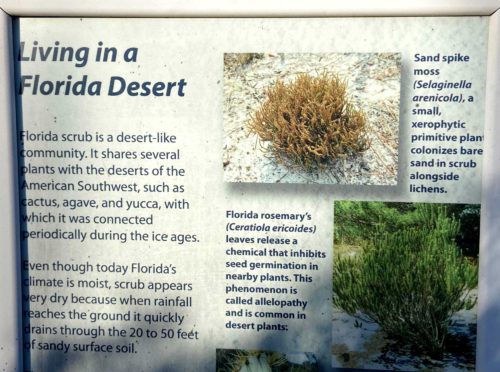
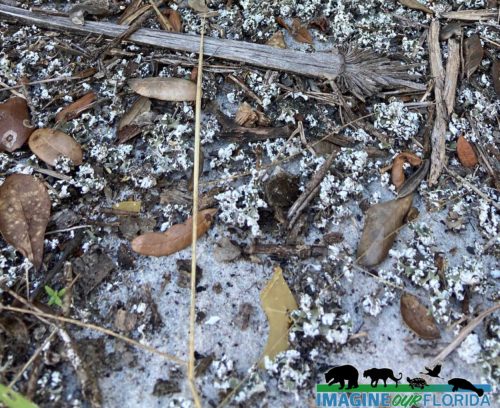
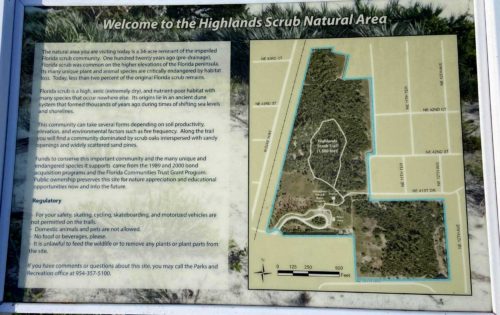
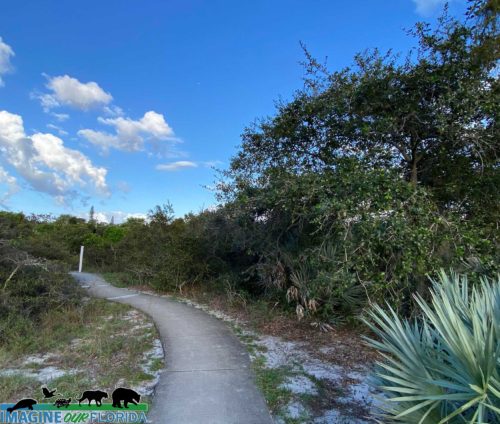
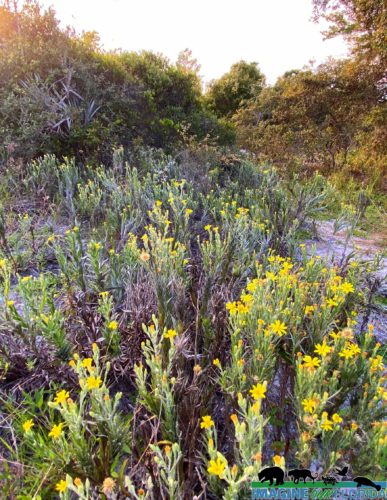
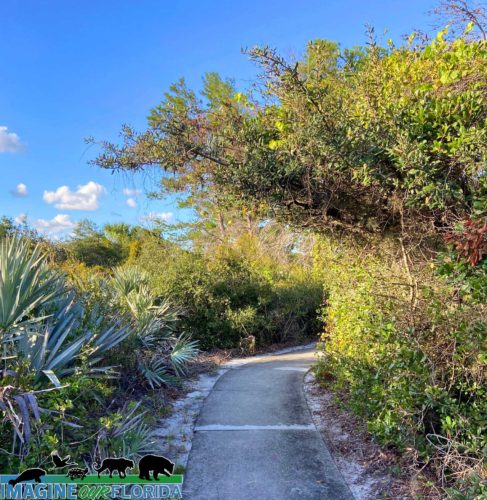
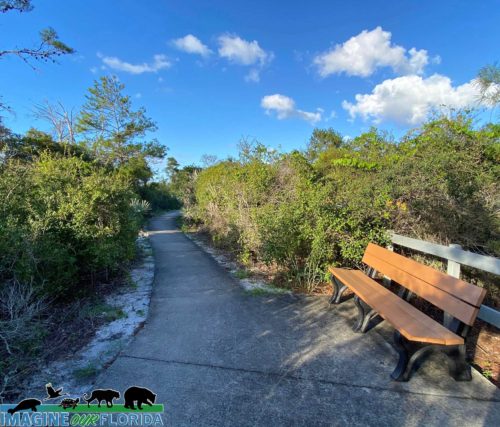
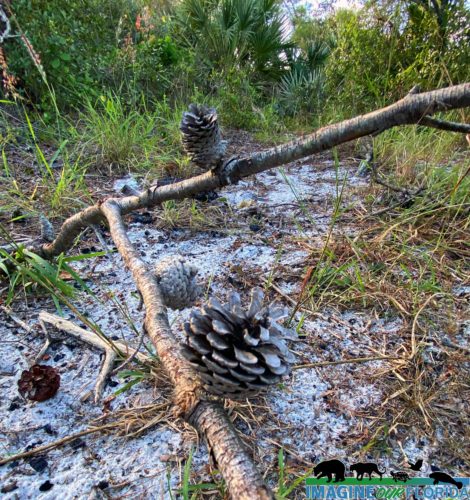
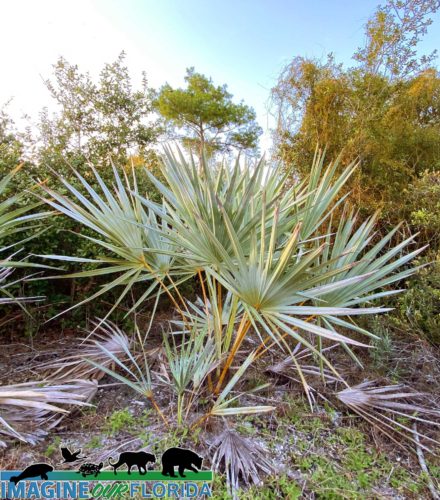
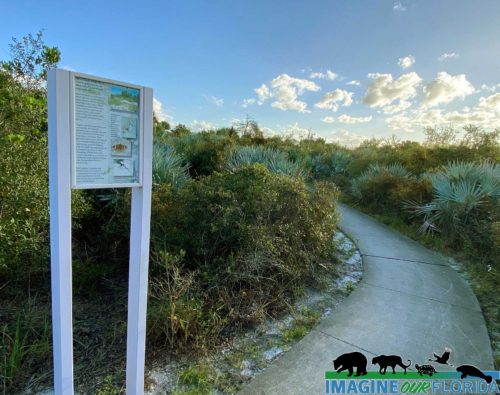
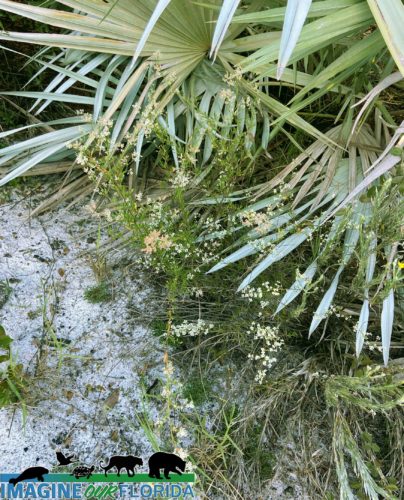
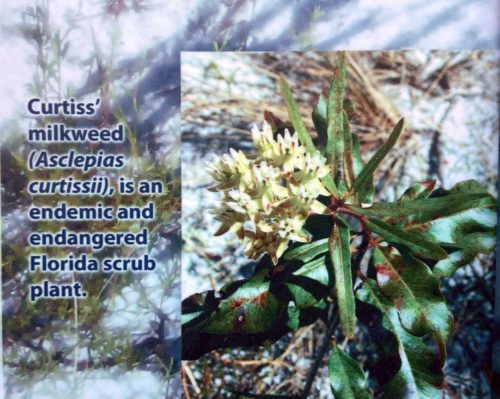
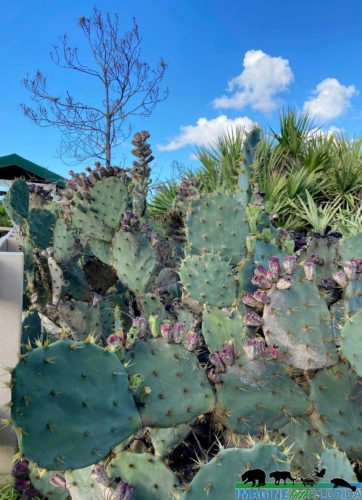
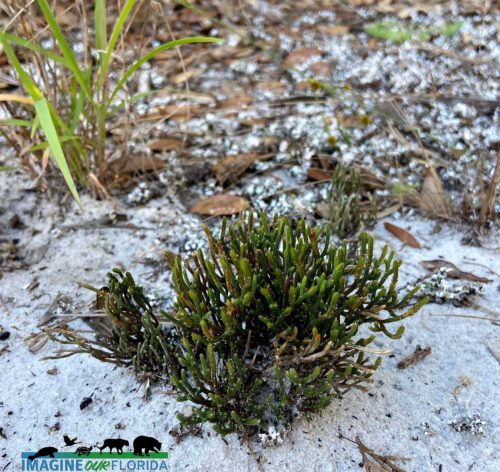
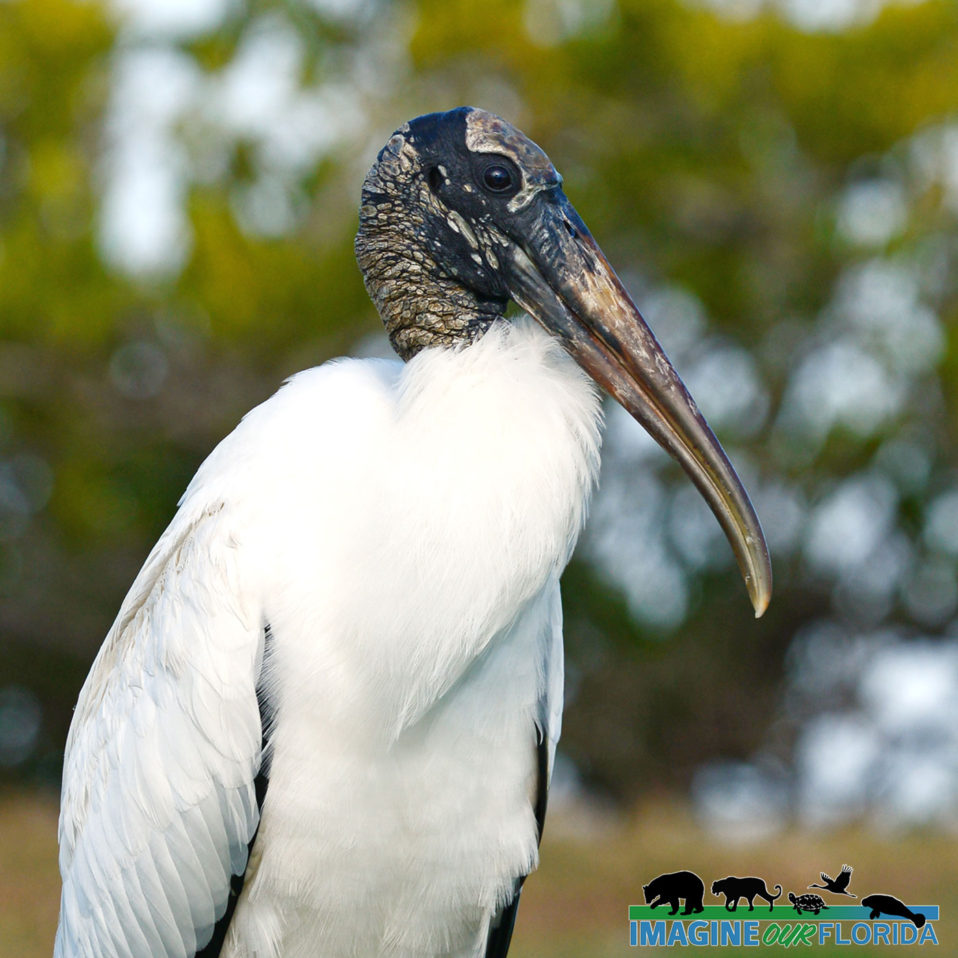
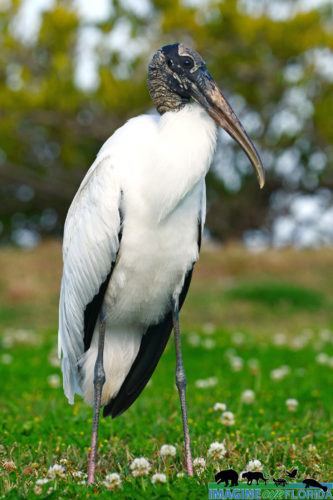
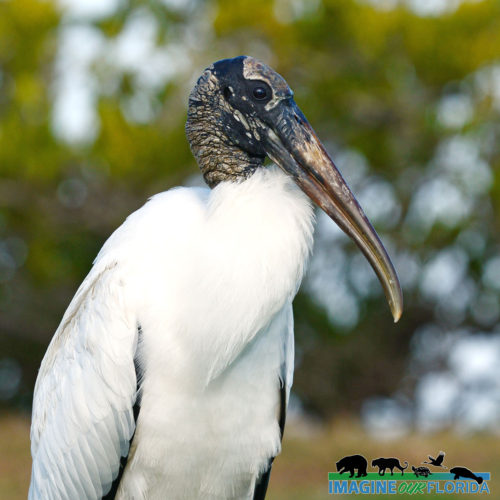
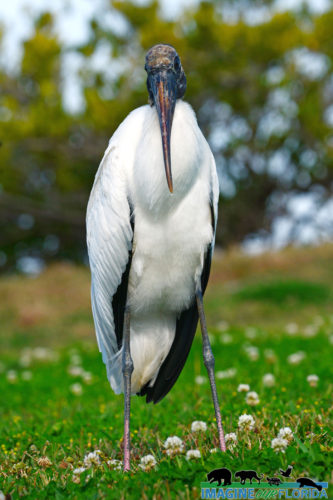
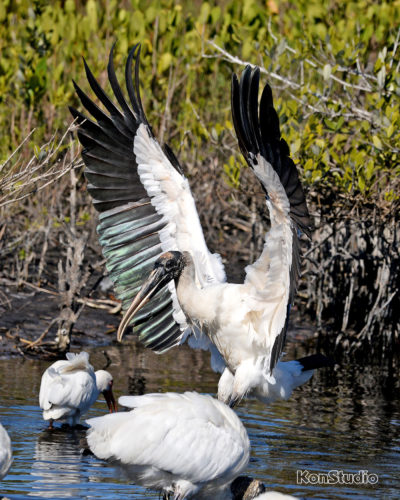
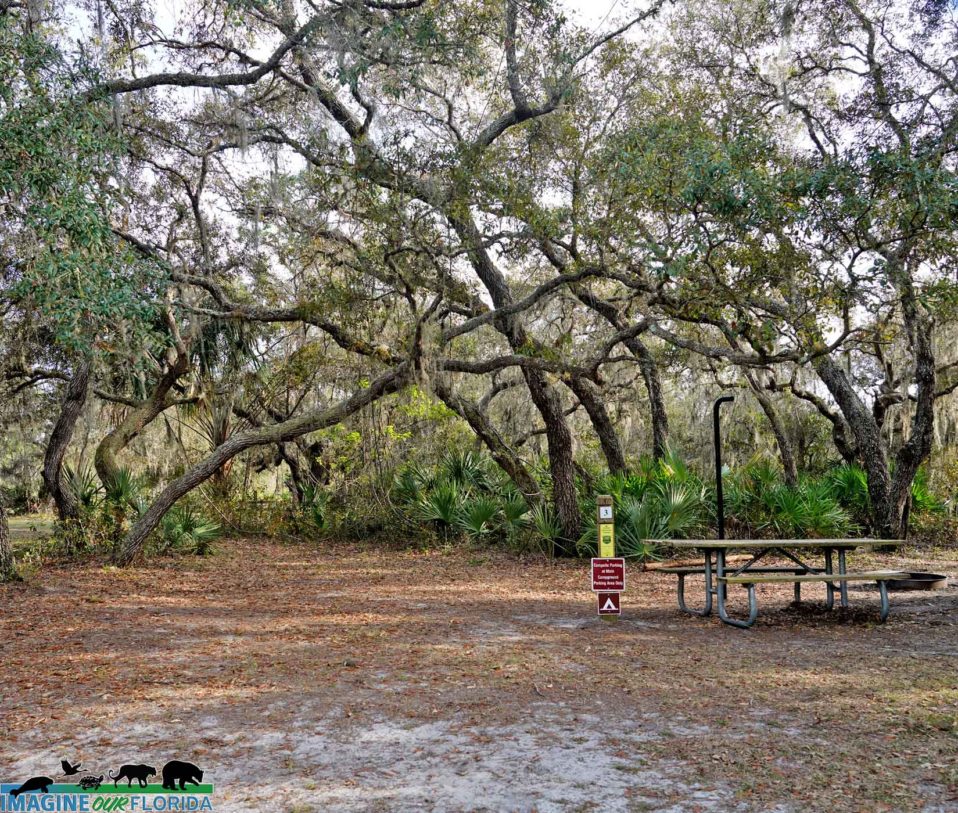
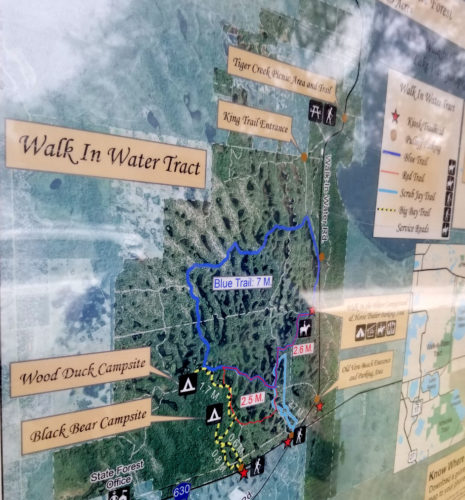
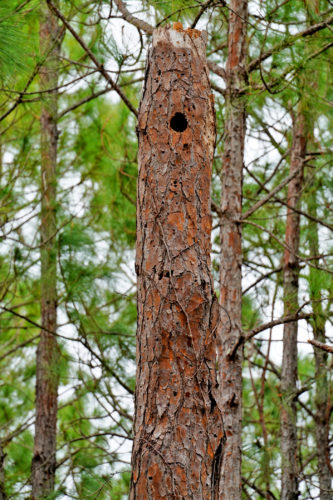
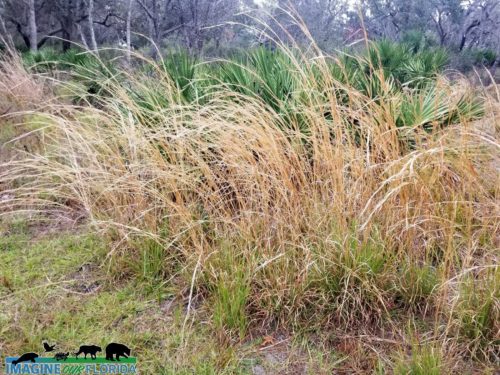
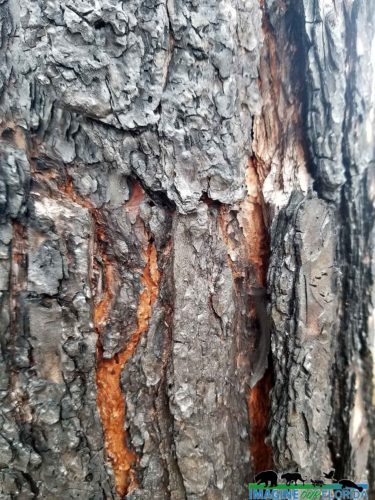
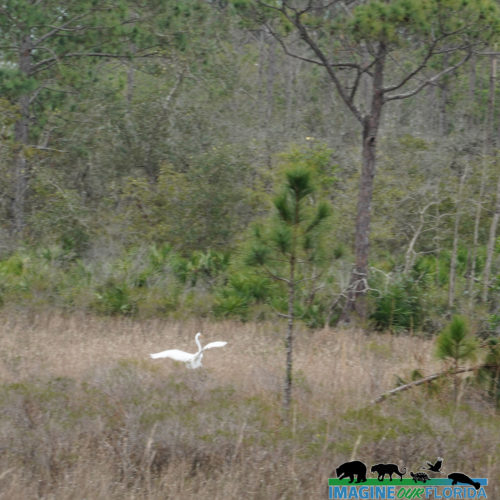
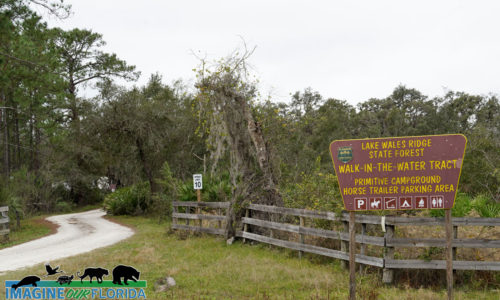
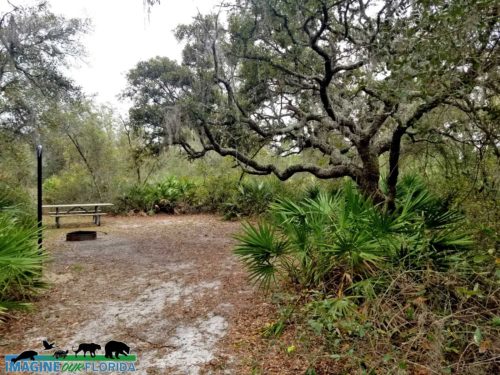
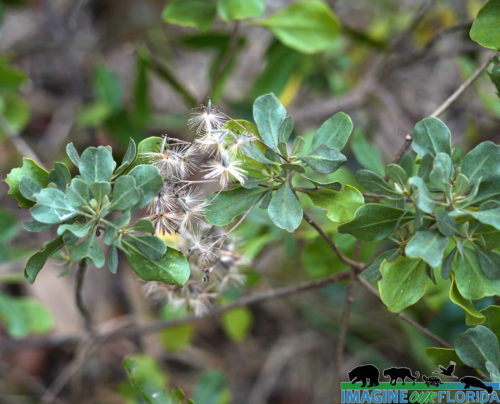
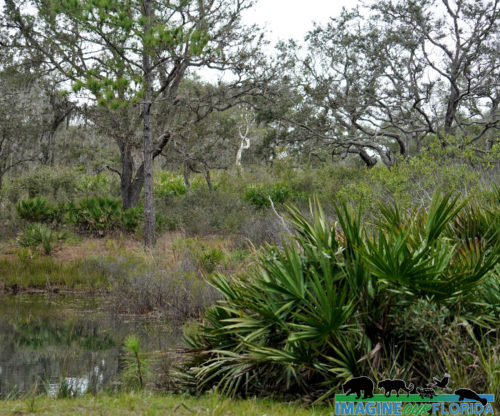
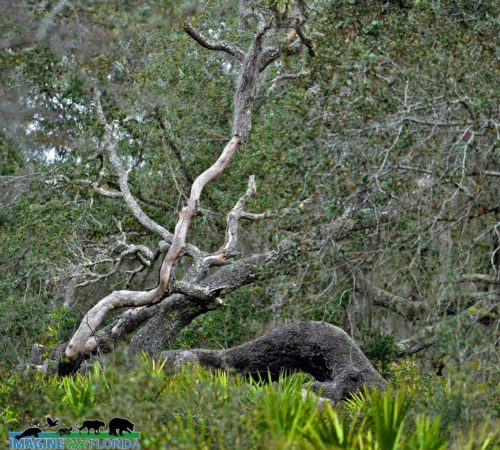
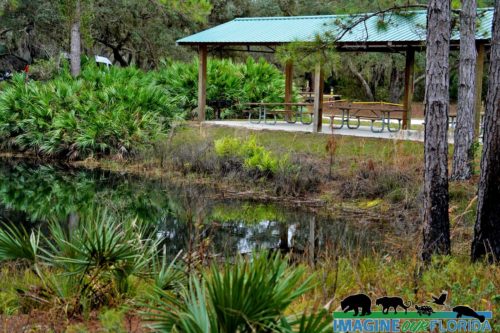
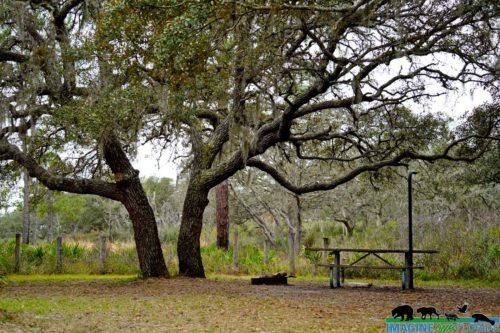 wa
wa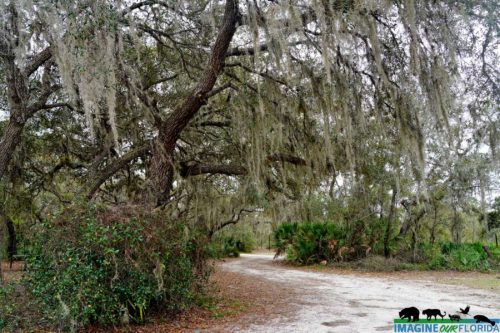
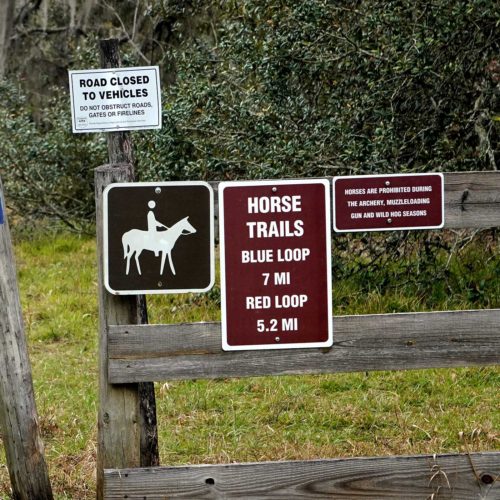
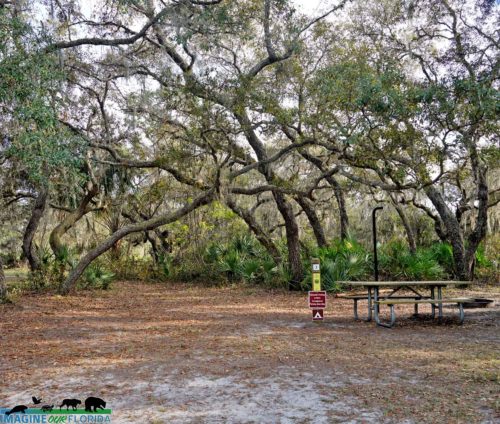
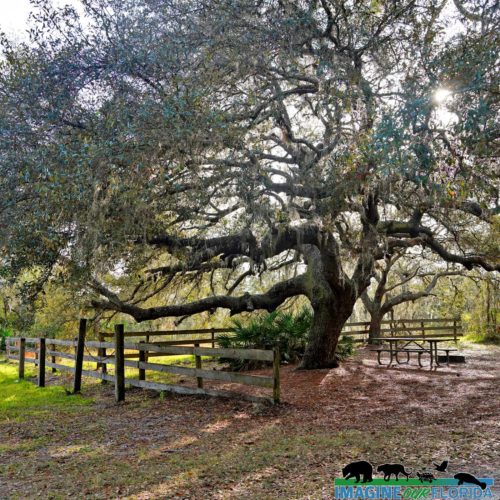
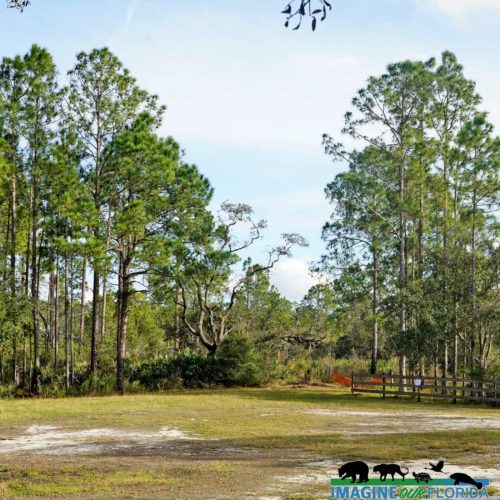
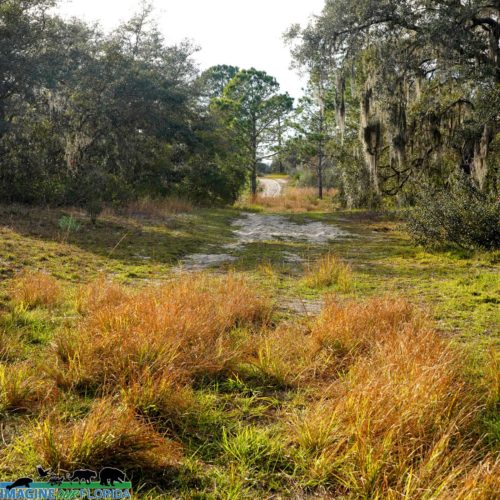
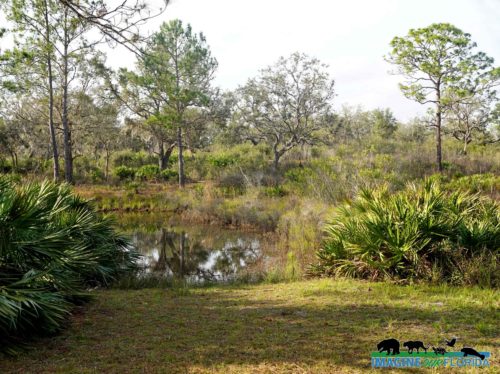
Recent Comments